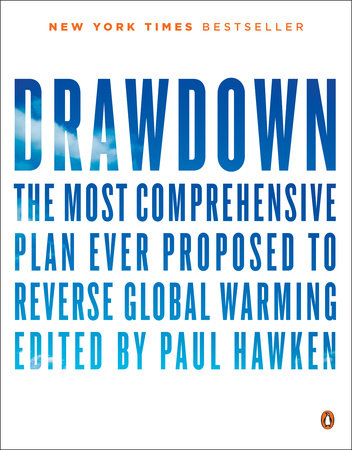Population Question
SJS / GreenPolicy Siterunner:
The following piece is an accomplished summary of environmental questions that come with population expansion.
● https://www.vox.com/energy-and-environment/2017/9/26/16356524/the-population-question
I’m an environmental journalist, but I never write about overpopulation. Here’s why. Since you asked (many times)
Updated by David Roberts / September 2017
I did an event with environmental journalist (and personal hero) Elizabeth Kolbert late last week, in which we discussed various matters related to journalism and climate change. Subsequently, one of the attendees wrote and asked why I hadn’t talked about population. Isn’t overpopulation the real root of our environmental ills?
Anyone who’s ever given a talk on an environmental subject knows that the population question is a near-inevitability (second only to the nuclear question). I used to get asked about it constantly when I wrote for Grist — less now, but still fairly regularly.
I thought I would explain, once and for all, why I hardly ever talk about population, and why I’m unlikely to in the future.
○
○
There are two ways of looking at the problem of growing population on a finite planet. Depending on which you think is most important, there are different ways to address it, none of which require discussing population.
The first way to look at population is as a pure numbers game. More people means more consumers and more emitters, so the thing to do is slow the rise of population. Specifically, since most of the new people are going to come from poor or developing countries, the question is specifically how to slow population growth there.
Luckily, we know the answer.
It is family planning that enables women to have only children they want and choose, and education of girls, giving them access to income opportunities outside the home. We know that women, given the resources and the choice, will opt for smaller families.
Those are the two most powerful levers to bend the population curve. They are also, in and of themselves, an enormously powerful climate policy.
● Family Planning -- http://www.drawdown.org/solutions/women-and-girls/family-planning
● Education of Girls -- http://www.drawdown.org/solutions/women-and-girls/educating-girls
Female empowerment is the most effective carbon mitigation strategy
When Paul Hawken and his team investigated and ranked carbon-reduction solutions for their Drawdown project, they found that the combination of the two (call it the female-empowerment package) carried the most potential to reduce greenhouse gases later this century, out of any solution. (Together they could prevent 120 gigatons of GHGs by 2050 — more than on- and offshore wind combined.)
● Project Drawdown -- https://www.greenpolicy360.net/w/ProjectDrawdownCO2
So if you are concerned about the growth in population, make yourself a champion of female empowerment in the developing world. You will be contributing to the most effective solution to the problem...
○
